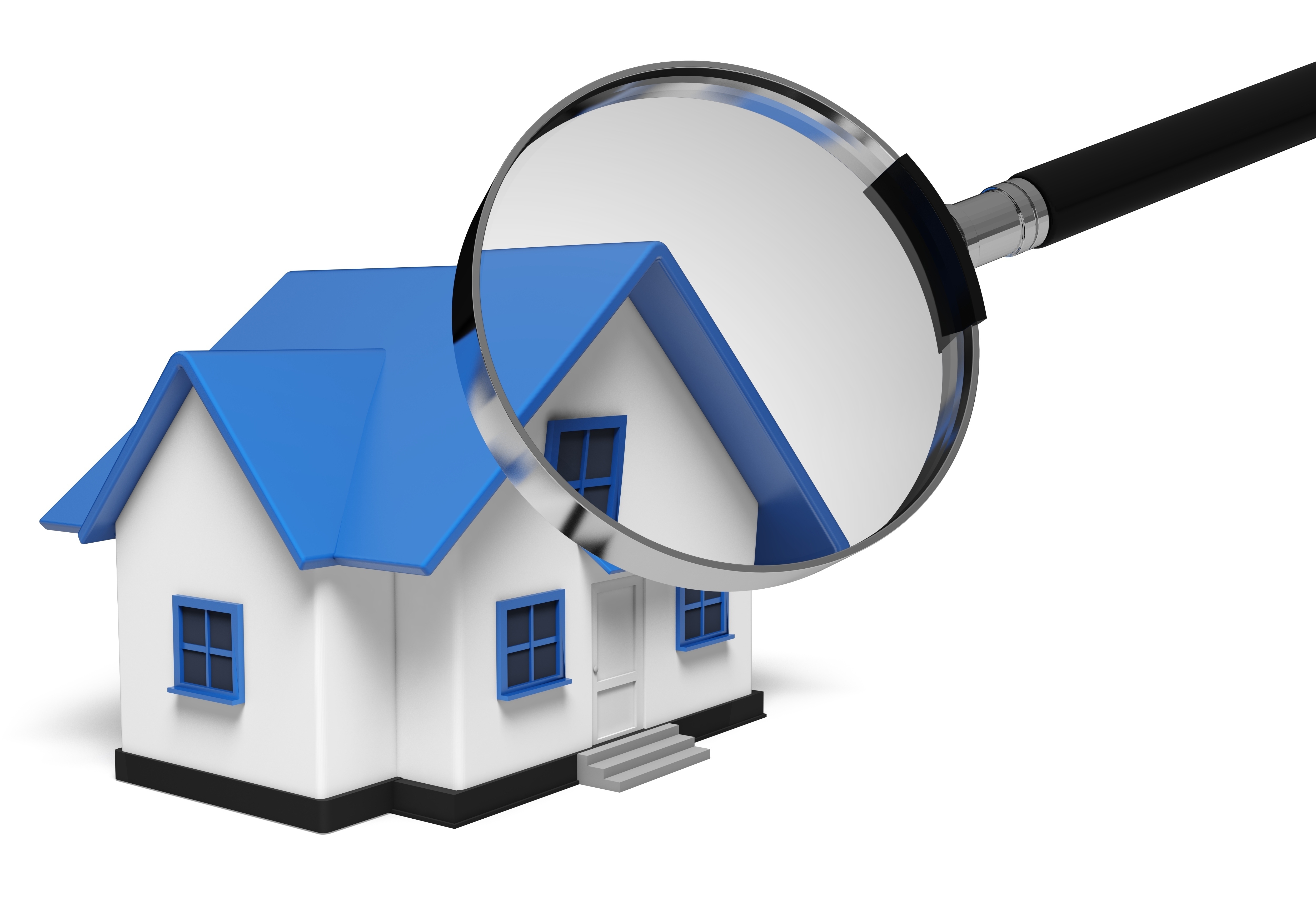
Understanding AppraisalsAcquiring a home can be the most serious investment some could ever encounter. Whether it's a main residence, a seasonal vacation property or an investment, the purchase of real property is a detailed financial transaction that requires multiple people working in concert to make it all happen. Most people are familiar with the parties taking part in the transaction. The real estate agent is the most known person in the exchange. Next, the mortgage company provides the financial capital needed to finance the exchange. The title company ensures that all details of the transaction are completed and that a clear title transfers to the buyer from the seller. So, who makes sure the real estate is worth the purchase price? In comes the appraiser. We provide an unbiased opinion of what a buyer might expect to pay — or a seller receive — for a property, where both buyer and seller are informed parties. A licensed, certified, professional appraiser from SML Appraisal Services - SMLAppraisal@gmail.com will ensure, you as an interested party, are informed. Inspecting the subject propertyOur first task at SML Appraisal Services - SMLAppraisal@gmail.com is to inspect the property to ascertain its true status. We must see features first hand, such as the number of bedrooms and bathrooms, the location, and so on, to ensure they really are present and are in the condition a typical person would expect them to be. The inspection often includes a sketch of the floorplan, ensuring the square footage is accurate and illustrating the layout of the property. Most importantly, the appraiser looks for any obvious amenities - or defects - that would affect the value of the property. Once the site has been inspected, an appraiser uses two or three approaches to determining the value of real property: sales comparison and, in the case of a rental property, an income approach. 
Replacement CostThis is where the appraiser pulls information on local building costs, the cost of labor and other elements to figure out how much it would cost to build a property nearly identical to the one being appraised. This figure usually sets the upper limit on what a property would sell for. The cost approach is also the least used predictor of value. 
Paired Sales AnalysisAppraisers are intimately familiar with the communities in which they work. They thoroughly understand the value of particular features to the people of that area. Then, the appraiser researches recent sales in the vicinity and finds properties which are 'comparable' to the property being appraised. Using knowledge of the value of certain items such as square footage, extra bathrooms, hardwood floors, fireplaces or view lots (just to name a few), we add or subtract from each comparable's sales price so that they more accurately portray the features of subject property.
A valid estimate of what the subject could sell for can only be determined once all differences between the comps and the subject have been evaluated. When it comes to knowing the true worth of features of homes in Centreville and Fairfax, SML Appraisal Services - SMLAppraisal@gmail.com is second to none. This approach to value is most often awarded the most weight when an appraisal is for a home purchase. Valuation Using the Income ApproachA third method of valuing a property is sometimes applied when a neighborhood has a measurable number of rental properties. In this case, the amount of income the property produces is taken into consideration along with income produced by neighboring properties to give an indicator of the current value. Coming Up With The Final ValueCombining information from all applicable approaches, the appraiser is then ready to document an estimated market value for the property at hand. The estimate of value on the appraisal report is not always the final sales price even though it is likely the best indication of a property's valueThere are always mitigating factors such as the seller's desire to get out of the property, urgency or 'bidding wars' that may adjust the final price up or down. But the appraised value is often employed as a guideline for lenders who don't want to loan a buyer more money than the property is actually worth. At the end of the day, an appraiser from SML Appraisal Services - SMLAppraisal@gmail.com will guarantee you attain the most accurate property value, so you can make wise real estate decisions. |